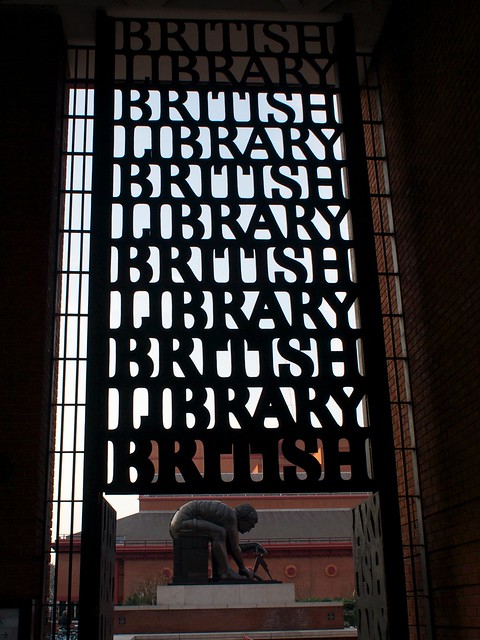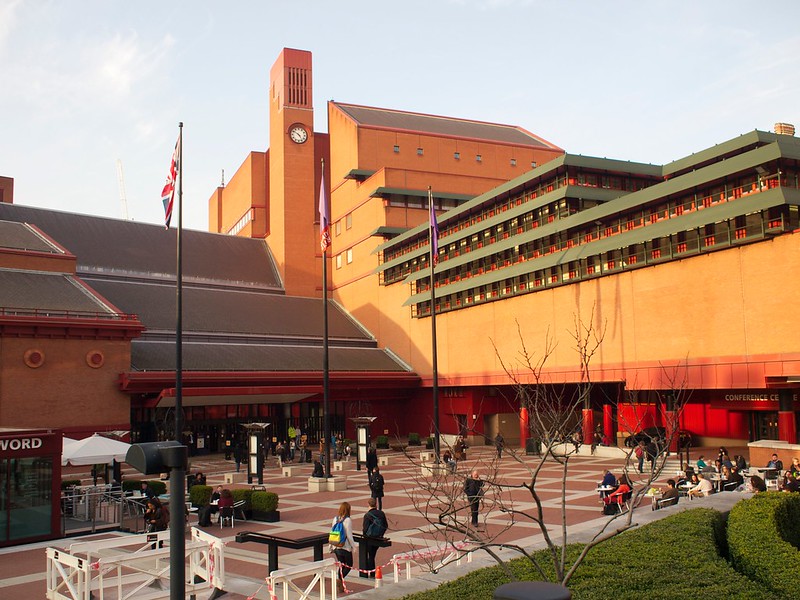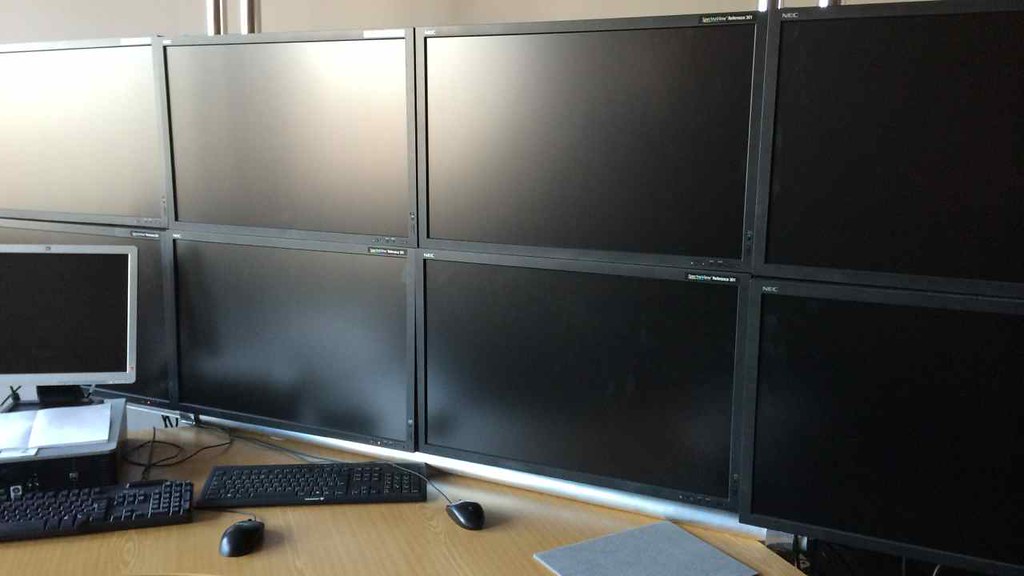- News
Yesterday, much of the Clearleft team took a trip to the British Library in London. There, a lucky few of us got a tour of the Digital Archive facility with Dr Jeremy Leighton John.
Following the usual train delays, the trip began with a delicious slap-up meal at oh-so-trendy Caravan, in the newly gentrified King's Cross Granary Square.
Inevitably, there we bumped into Clearleft alumnus, Paul Lloyd, as he grabbed himself a flat white.
Went for a coffee, and bumped into the (near) entirety of @clearleft.
As you do.
— Paul Lloyd (@paulrobertlloyd) March 12, 2014Appetites sated, we wandered down King's Boulevard, and around St Pancras to the British Library. Whilst the majority of us enjoyed the Treasures of the British Library and the Beautiful Science exhibition, a few of us donned security badges and accompanied eManuscript Curator, Dr Jeremy Leighton John, up to the top floor of the Library.


There we got to see the Digital Archive facility at work. Digital archiving is not about digitising books, it is about preserving and curating natively digital material. Where, in the Treasures exhibition, there are the notebooks of Leonardo Da Vinci, so in the Digital Archive there are the Amiga Textcraft, WordPerfect, and Microsoft Word documents of many authors including Ted Hughes and Wendy Cope.
In a small, unassuming office, entire hard drives, CD-ROMs and floppy disks are archived, with each item meticulously photographed to ensure any handwritten notes are retained. The wonderfully named 'ancestral computing' corner of the office contains an array of different computer drives, including 8-inch, 5 1⁄4-inch, and 3 1⁄2-inch floppy disks.

Dr John also uses a Kryoflux, a USB controller to transfer the data - and crucially the raw magnetic flux readings - to a modern computer for archiving and analysis.
Remembering that every time we boot up a computer, the hard drive is written to, so when it comes to bootable drives, a forensic level of care is taken not to write to the disc, and a hardware block is plugged in between the old drive and target computer.

One final piece of archival material is also made where possible. A high resolution panorama photo is taken of the author's study, capturing a moment in time that can be referred back to in the future.

The above photo shows an 8-screen array, excitedly being configured by Dr John as a step towards his dream of being in a virtual "cave" depicting a writer's study.
To read more about Digital Archivism, Wired has a fascinating interview with Dr John on Why the British Library archived 40,000 emails from poet Wendy Cope.
Many thanks to Dr John for showing us the facility, and to Ant Miller for setting it up for the team (and missing out due to illness).
Related thinking
- Viewpoint
How We Work: The Team Meeting
- News
